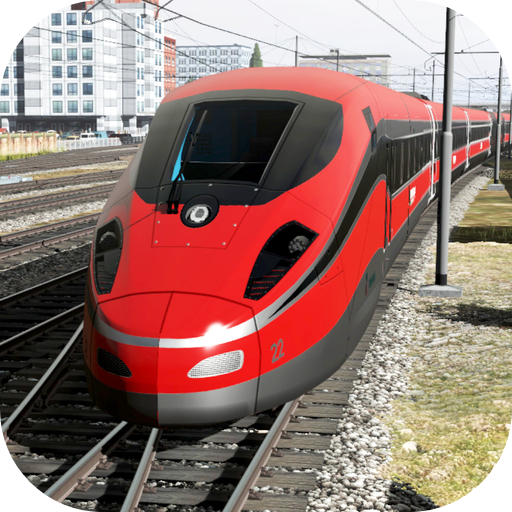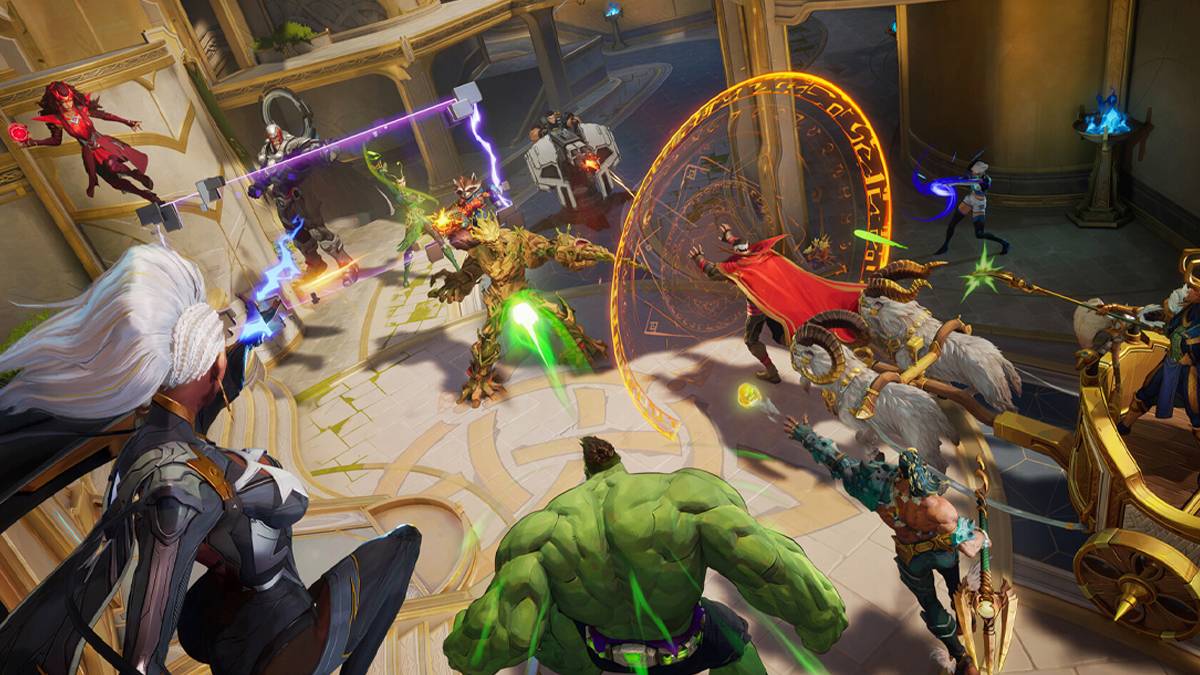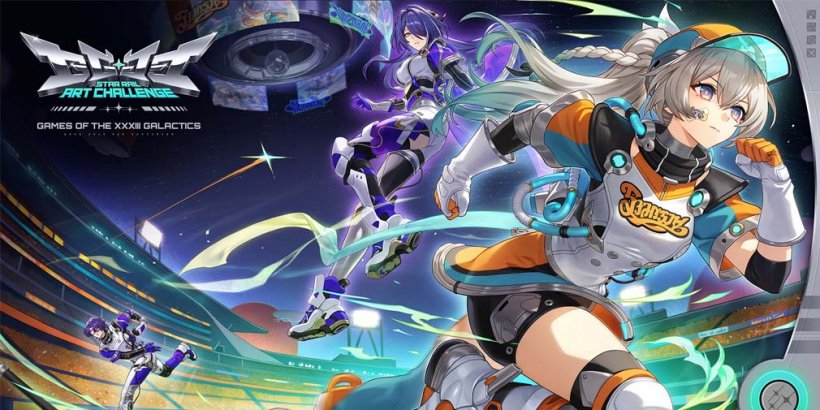The ROG Ally made a significant impact in 2023, offering a compelling alternative to the Steam Deck with the advantage of running on a Windows operating system, thereby granting access to an extensive library of games. The subsequent release of the ROG Ally X last year further enhanced the device with improved internals and a more ergonomic design, complete with enhanced cooling capabilities. While its portability remains its flagship feature, the ROG Ally also excels when connected to a larger screen, whether it's a TV or a gaming monitor. Both the original and the X model support connection to external displays, allowing you to enjoy your favorite games on a grander scale. Below, we'll guide you through the process of connecting your ROG Ally to a TV or monitor, complete with step-by-step instructions and our top recommendations.
How to Connect With an Adapter
Connecting your ROG Ally to a larger screen can be achieved in several ways, but using an adapter is a streamlined and space-saving option. You can choose from a compact dongle-style adapter, a direct cable, or the official ROG Gaming Charger Dock, each offering a convenient way to extend your gaming experience.
What You'll Need
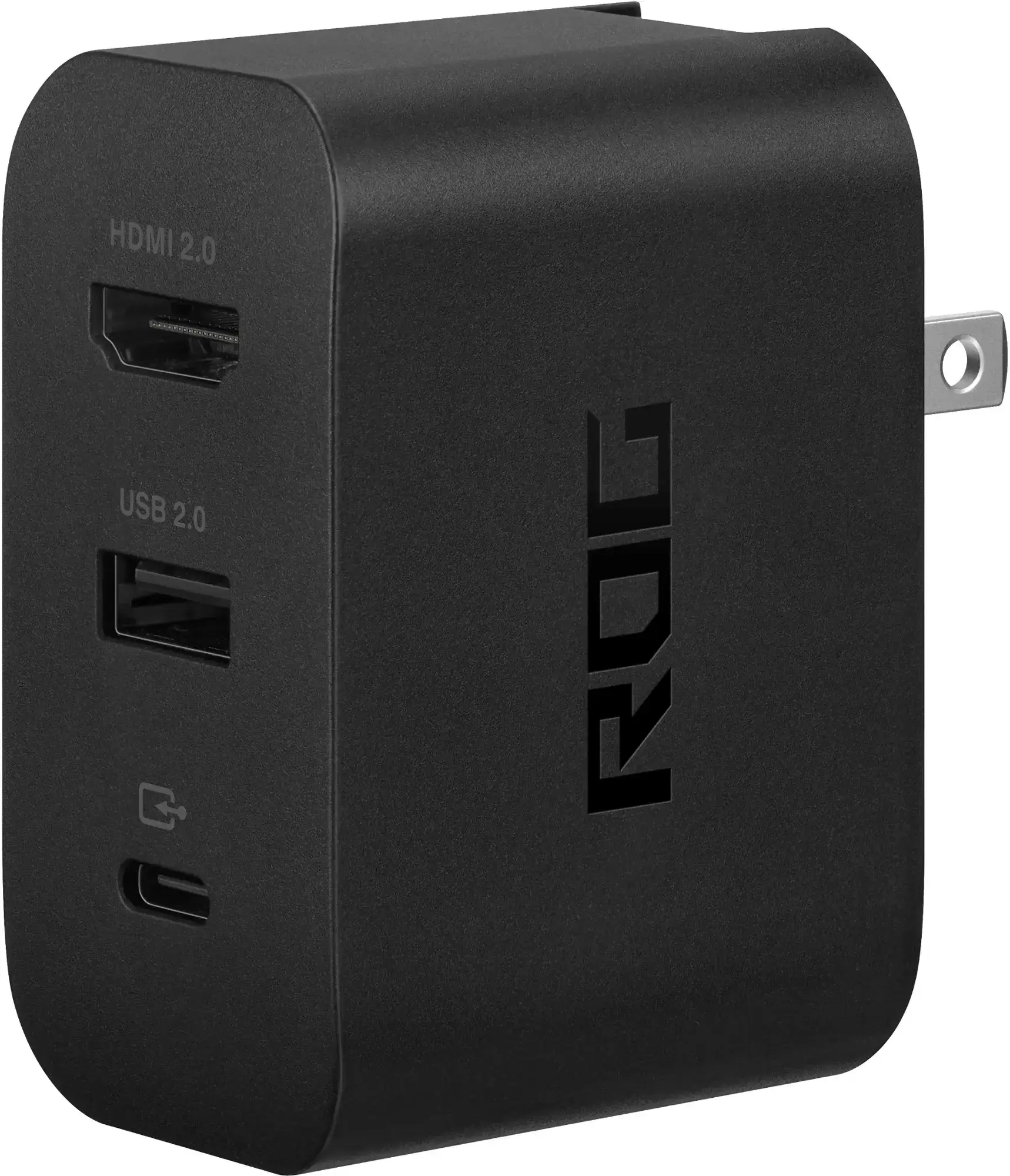
ASUS ROG 65W Charger Dock
The ASUS ROG 65W Charger Dock is an excellent choice for those looking to minimize clutter. It supports HDMI 2.0 and comes equipped with USB Type-A and USB Type-C ports, making it a versatile solution for the ROG Ally. You can find it at Best Buy. This dock not only facilitates a connection to your TV but also charges your device simultaneously. All you need is a USB-C and an HDMI cable to get started. Additionally, the dock features a USB-A port, allowing you to connect peripherals like a mouse or keyboard.
Alternatively, a third-party USB-C to HDMI adapter can be directly connected to the ROG Ally's USB-C port. From there, simply attach an HDMI cable to the adapter and your TV or monitor. For a more straightforward setup, consider a USB-C to HDMI cable that connects directly from your ROG Ally to your display without any additional components.
Some USB-C to HDMI adapters come with a passthrough USB-C port, enabling you to charge your ROG Ally while it's connected to an external display. If your adapter has this feature, you'll need an extra USB-C cable and your power adapter to keep the internal battery charged during gameplay.
How to Connect: Step-by-Step Instructions
- Plug a USB-C to HDMI adapter (or cable) into the ROG Ally's USB-C port on the top of the enclosure. If using the ROG Gaming Charger Dock, connect one end of a USB-C cable to the ROG Ally's USB-C port and the other end to the USB-C charging port on the Charger Dock.
- Connect an HDMI cable to one end of the adapter (or Charger Dock) and plug the other end into an available HDMI port on your TV or monitor. If using a direct USB-C to HDMI cable, simply plug the HDMI end into your TV or monitor.
- (Optional) If your USB-C adapter includes a passthrough USB-C port for charging, connect your ROG Ally's power adapter to the passthrough USB-C port to provide power.
- Power on the ROG Ally; it should automatically detect and output the video signal.
- Switch your input on the TV or monitor to the correct HDMI input to see your ROG Ally's display.
How to Connect With a Docking Station
For a setup reminiscent of the Nintendo Switch, consider using a docking station. While the ROG Ally doesn't have an official docking station beyond the ROG Gaming Charging Dock, numerous third-party options are available. These docking stations not only connect your ROG Ally to a larger screen but also charge the device simultaneously.
What You'll Need

JSAUX Docking Station HB0603
Our top pick, the JSAUX Docking Station HB0603, offers 100 watts of power for fast charging and comes with multiple ports. This lightweight and compact dock also serves as a stand, making it an ideal choice for the ROG Ally. You can find it at Amazon. Basic docks typically include an HDMI port and a USB-C passthrough charging port. For those seeking more functionality, advanced docks offer additional USB ports for peripherals, external hard drive connectivity, Ethernet ports for a stable internet connection, SD card slots for expanded storage, and even a Display Port for connecting an additional screen. Smaller, portable docks are perfect for travel, allowing you to connect to larger displays on the go. Many docks compatible with the Steam Deck are also suitable for the ROG Ally.
How to Connect: Step-by-Step Instructions
- Place your ROG Ally into the dock.
- Connect the USB-C power cord to the ROG Ally's USB-C port on the top of the enclosure.
- Connect your ROG Ally's power adapter to the USB-C charging port on the dock.
- Connect an HDMI cable to the HDMI port on the dock, with the other end connected to an available HDMI port on your TV or monitor.
- Power on the ROG Ally, and it should automatically detect and output the video signal.
- Switch your input on the TV or monitor to the correct HDMI input to see your ROG Ally's display.
You'll Also Need a Controller
While you can use a mouse and keyboard with your ROG Ally, a wireless controller often provides the most comfortable gaming experience on a larger screen. The ROG Ally supports any Bluetooth-enabled gaming controller. Below are our top recommendations for controllers that work well with both the ROG Ally and the Steam Deck.
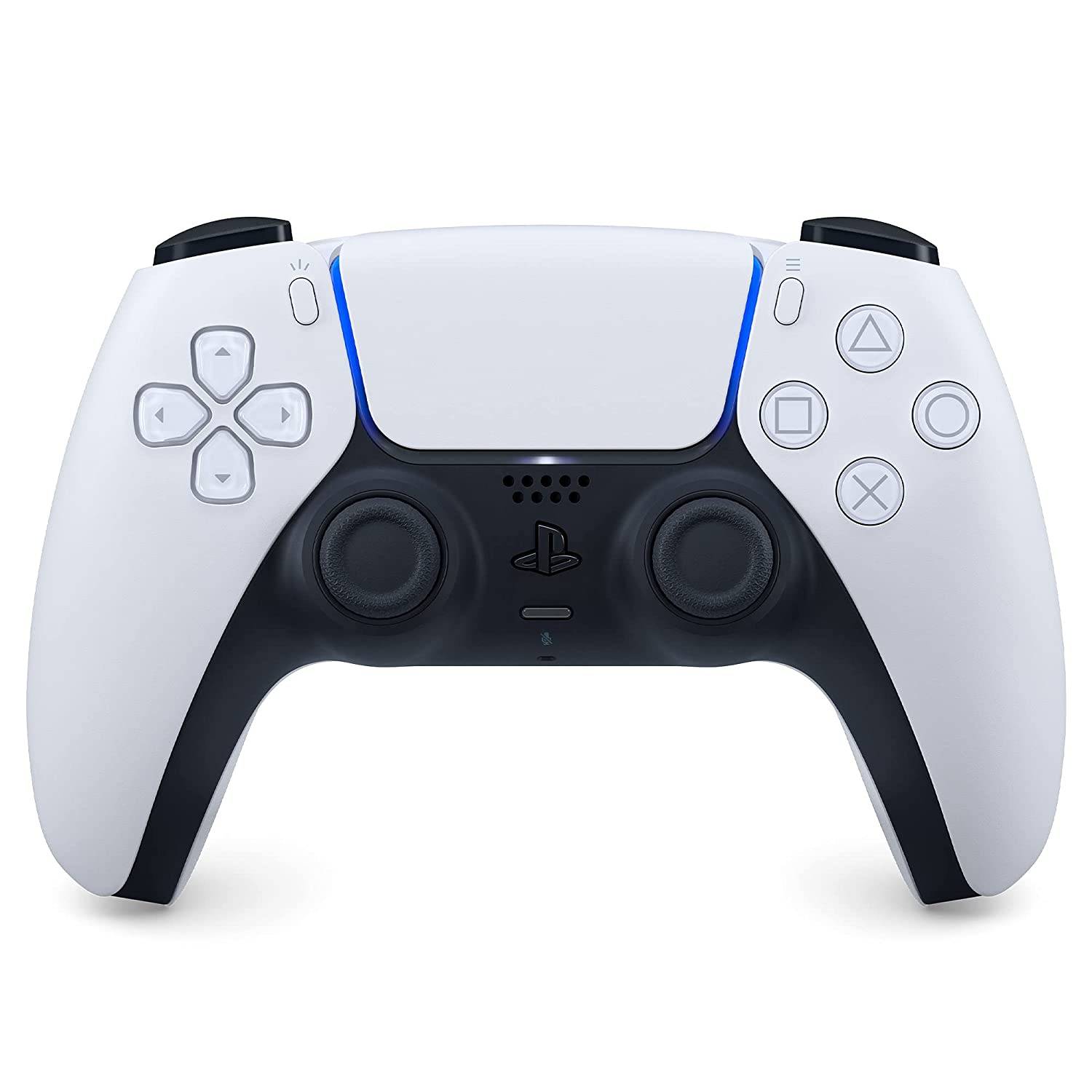
Sony DualSense
Available at Amazon, Best Buy, and Target, the Sony DualSense is our top pick for its excellent performance and comfort.
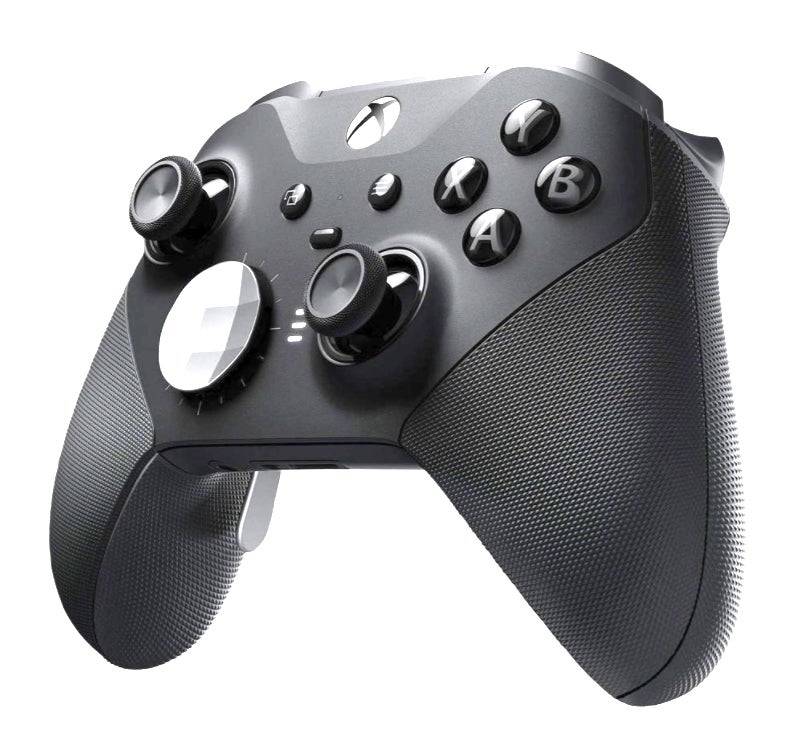
Xbox Elite Series 2 Controller
Available at Amazon and Best Buy, the Xbox Elite Series 2 Controller offers customizable features for a personalized gaming experience.
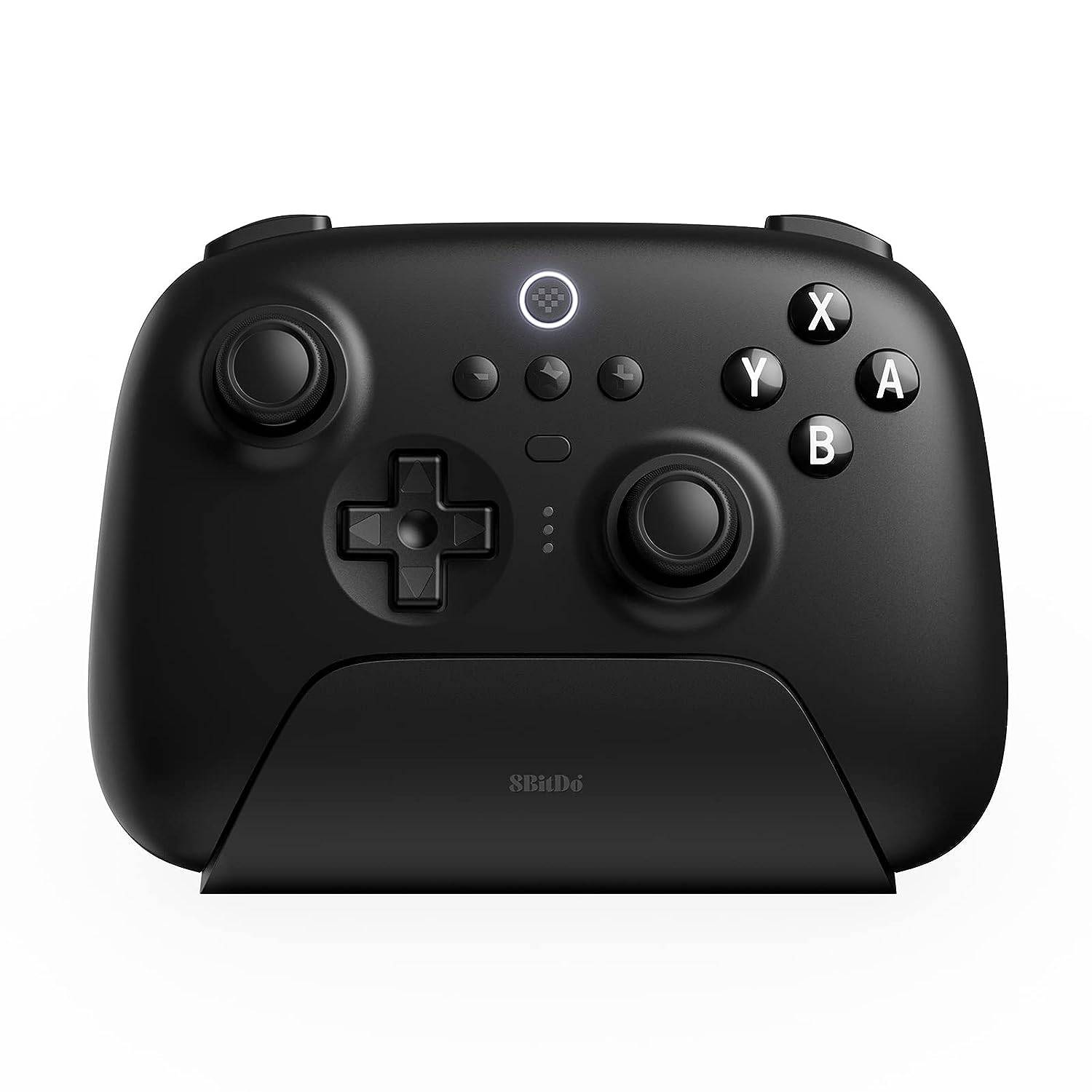
8BitDo Ultimate Controller
Available at Amazon, the 8BitDo Ultimate Controller is a versatile option with a great balance of features and price.
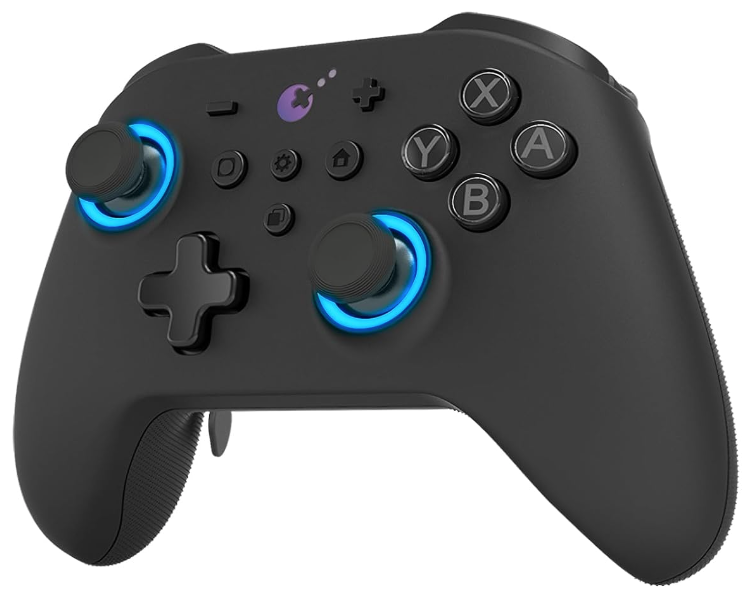
GuliKit KingKong 3 Max Controller
Available at Amazon, the GuliKit KingKong 3 Max Controller is known for its ergonomic design and responsive controls.
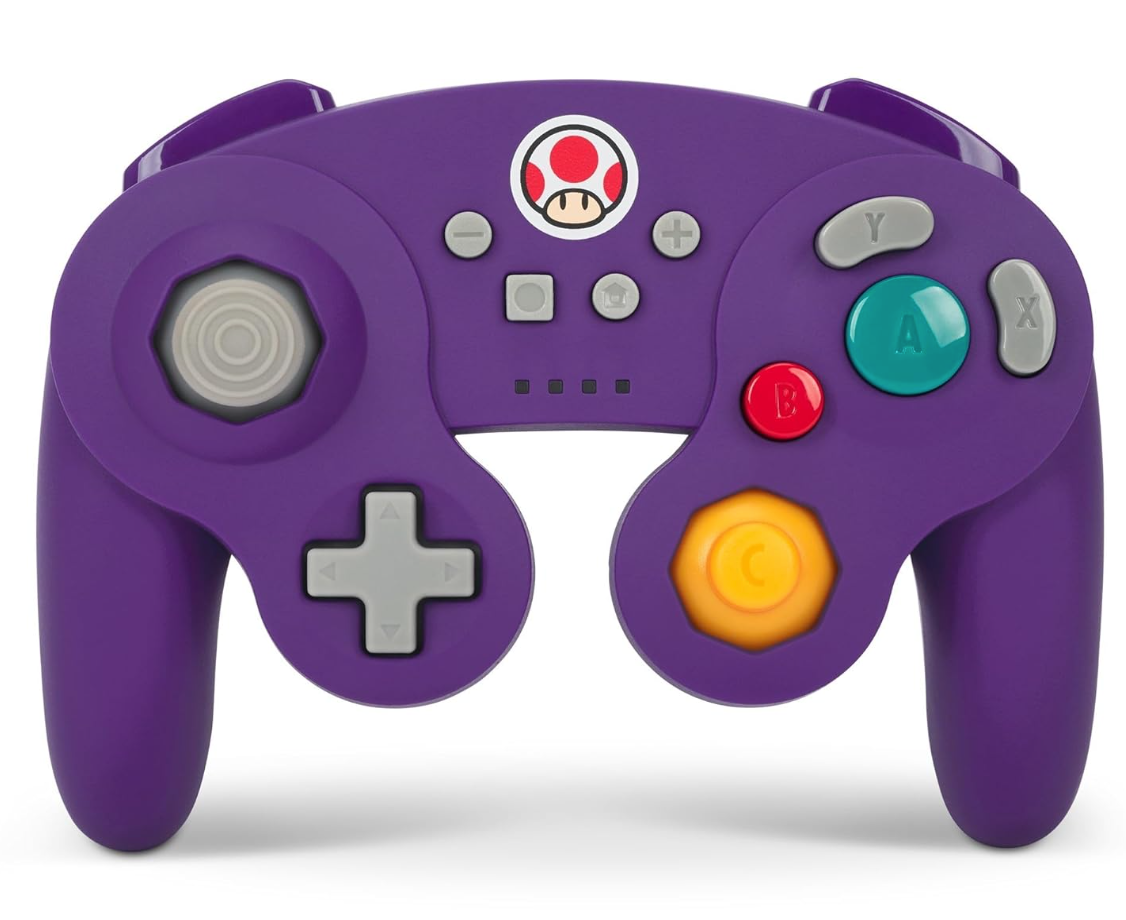
PowerA Wireless GameCube Style Controller
Available at Amazon, the PowerA Wireless GameCube Style Controller is perfect for fans of the classic GameCube design.
These options include first-party controllers like the PS5's DualSense, the Xbox Wireless Controller, or the Nintendo Switch Pro Controller, as well as a variety of third-party controllers. Some controllers use a 2.4GHz wireless connection with an included USB adapter, which typically offers lower latency and better range than standard Bluetooth controllers. For those preferring a wired setup, a USB controller can be a simple plug-and-play solution when seated close to your ROG Ally or docking station.
 Home
Home  Navigation
Navigation






 Latest Articles
Latest Articles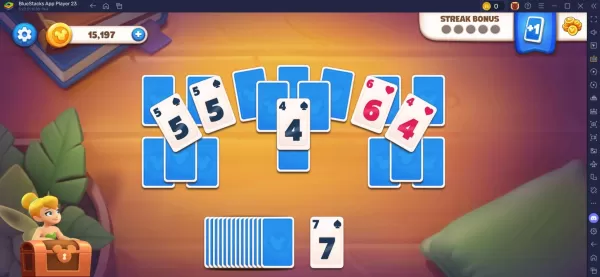
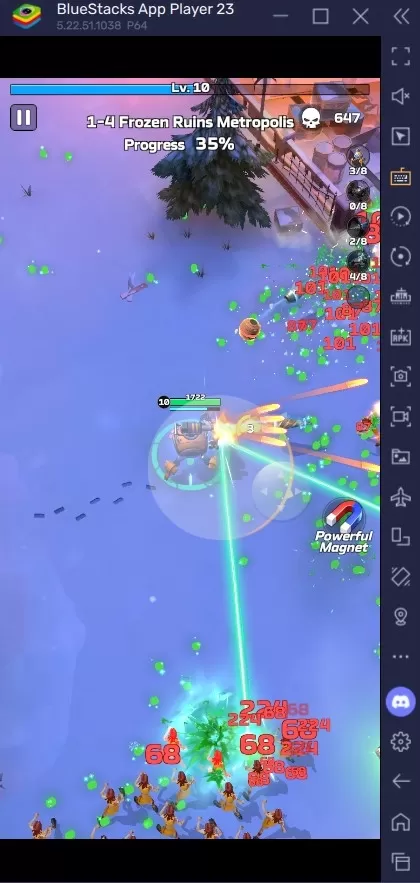
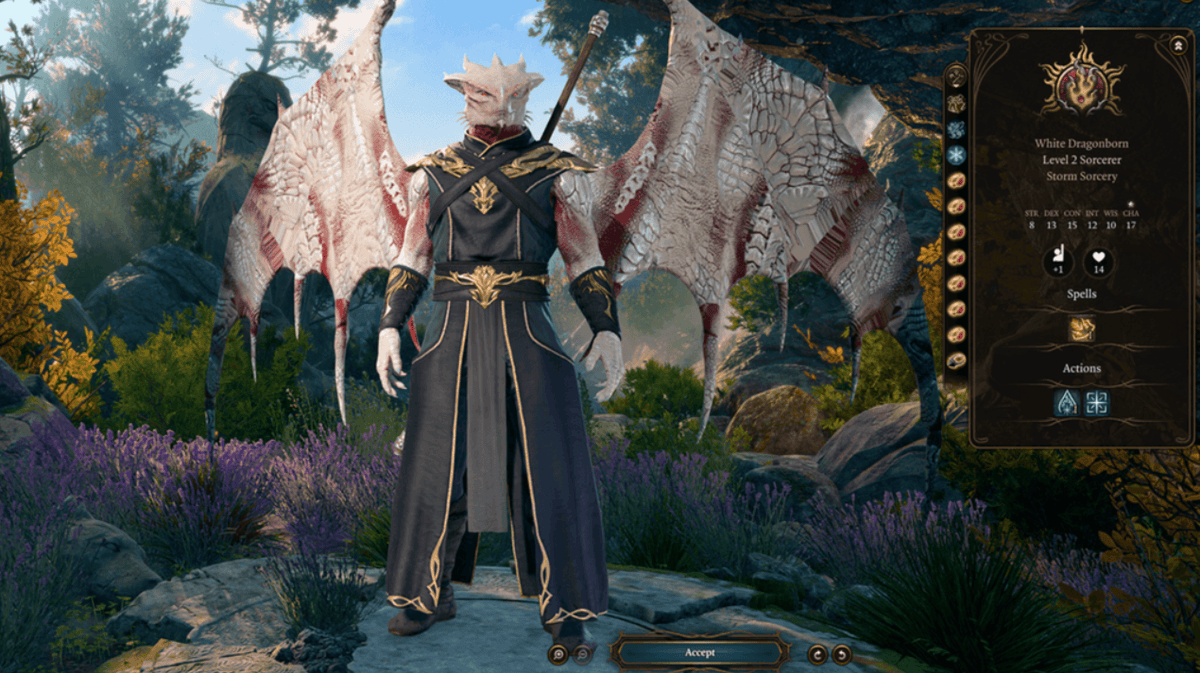
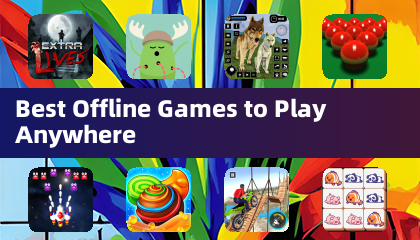
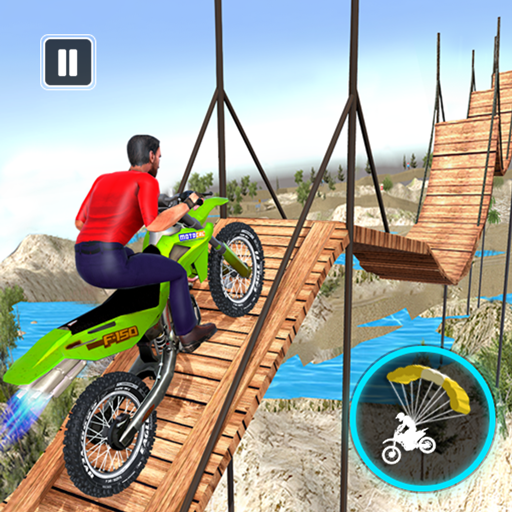

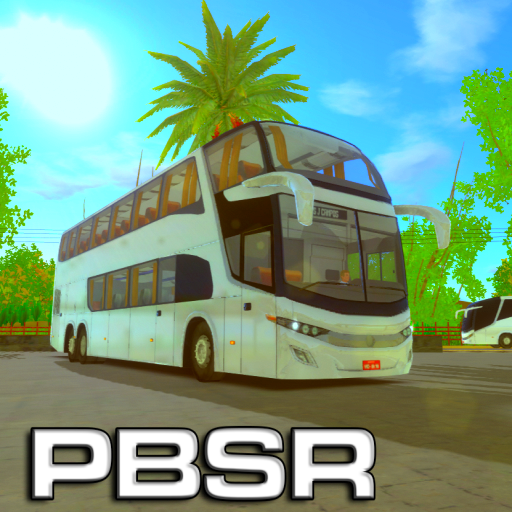


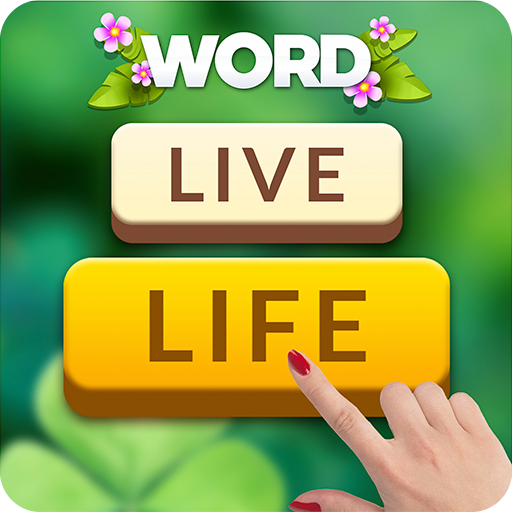
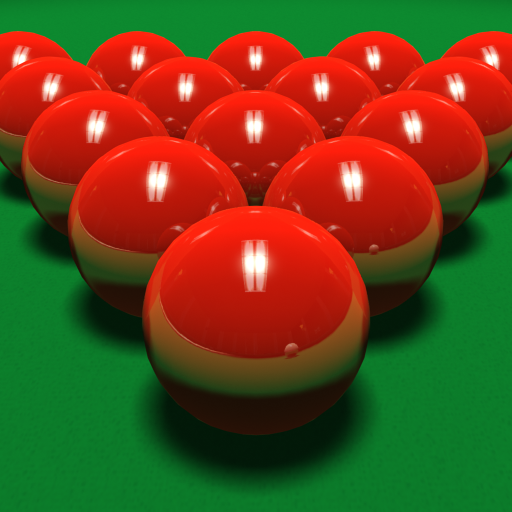
 Latest Games
Latest Games



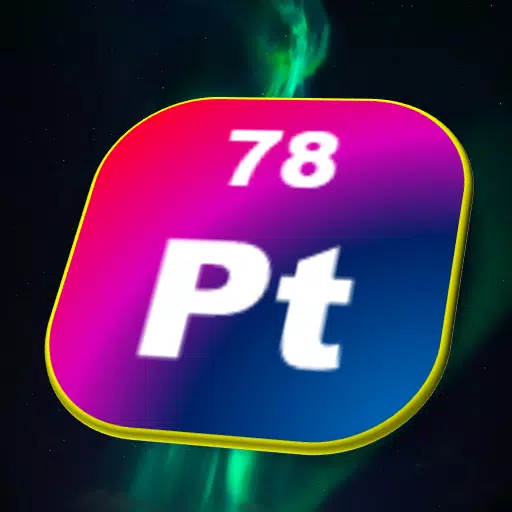
![Chubby Story [v1.4.2] (Localizations)](https://imgs.xddxz.com/uploads/85/1719638042667f981a5e9f8.jpg)
